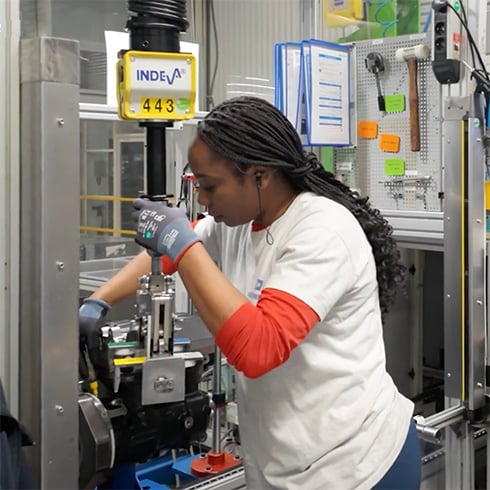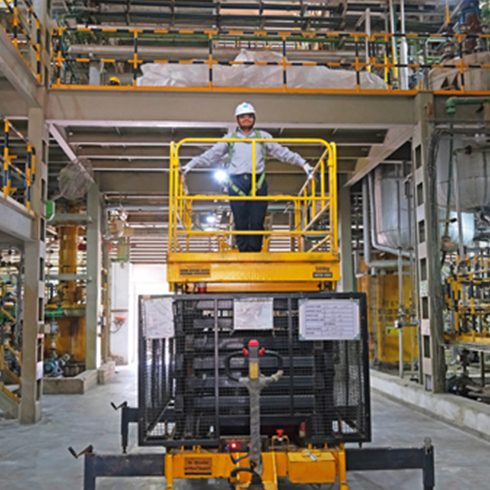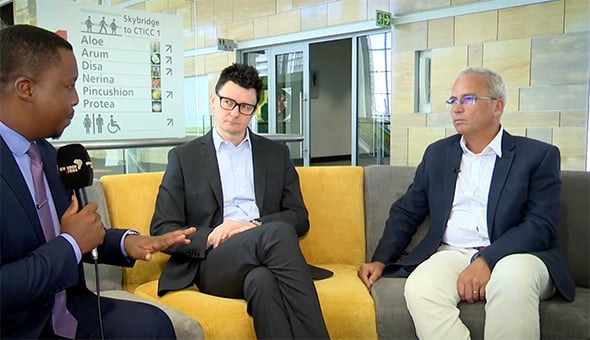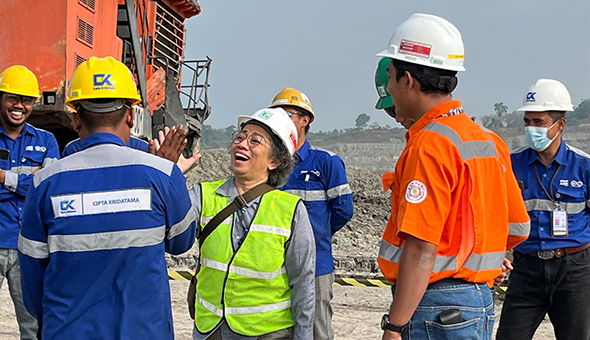Content Hub
Content Type
Industry
Area of Interest
Region
Results 1 - 51 of 628
Filter By:
Article
In this article of the series, we explore how F&B leaders can integrate lean, agile and digital tools to unlock operational efficiency.
Infographic
EPR regulations are expanding to include hazardous substances, chemical containers, and industrial materials.
Interview
Jennifer Cronje, VP of Safety at Gold Fields, reveals her journey in revolutionizing workplace safety through leadership, culture, and cutting-edge tech.
Article
dss+ presents 10 critical questions designed to provoke leadership reflection and action. The key message: Safety is not just a system - it’s a mindset.
Case Study
dss⁺ supported Regiosuisse to boost regional development in Switzerland through collaboration, training, and project evaluation.
Case Study
dss⁺ evaluated inclusion measures in Valais to improve access to public sector jobs for people with disabilities and drive systemic change.
Case Study
dss⁺ supported Chablais in co-developing a circular economy strategy through analysis, stakeholder engagement, and actionable planning tools.
Article
Discover what it takes to turn net-zero goals into real results. dss⁺ and EarthCapital discuss leadership, data, and change in this insightful podcast.
Interview
A Q&A on how Private Equity and Power & Utilities can align to manage risk and accelerate value in the energy transition.
Infographic
This new regulations mandate producers to manage packaging materials' lifecycle, reduce costs, improve sustainability, and respond to regulatory changes.
Article
Uncover best practices for oil and gas companies to successfully integrate clean energy assets and unlock value in a changing energy landscape.
Article
Implement a structured approach to enhance contractor safety, reduce risks, and prevent fatalities across all stages of operations in the energy sector.
Article
Explore how mature oil and gas infrastructure can remain safe, reliable, and valuable through strategic management and practical solutions.
Article
Navigate economic headwinds in oil, gas & energy. Explore sustainable cost strategies to enhance operational efficiency and secure long-term profitability.
Case Study
A North American energy company sought expert guidance from dss+ to address safety performance issues, bringing in a fresh perspective for meaningful change.
Article
Discover how using data drives a shift to a commitment-based safety culture in agriculture.
Case Study
Owens Corning embarked on a bold safety transformation, aiming to boost performance and strengthen workplace culture. dss⁺ worked with Owens Corning’s to help…
Reports and Research
Explore insights from visionary leaders driving transformative change in the dss+ 2025 Leaders Making a Difference interview series
Article
This postscript highlights key insights from the dss+ workshop at Innovation Zero 2025 with over 50 leader, investors, and sustainability experts.
Article
How to achieve zero trips and leaks in turnarounds: dss+ strategies for maximum efficiency
Article
True turnaround success demands more than speed and cost control — it requires embedding quality at every phase.
Case Study
dss+ evaluated an energy saving program and supported strategy development for energy renovation which resulted in energy savings and improved efficiency.
Case Study
A North American mining company faced a critical challenge—an alarming decline in safety performance.
Interview
From photovoltaics to electronic materials, from R&D to sustainable transformation, Dr. Wu embodies the ethos of “Science for Good”.
Article
This World Safety Day, dss+ advocates for leadership, culture change and data-driven solutions to put people first.
Article
dss+ leaders highlight the importance of operational risk and the need to elevate board oversight as a critical lever to enhance business resilience.
Article
This article explores how major oil and gas companies are making strategic moves to address AI’s energy challenge.
Article
Explore dss+ key takeaways from the EHS Summit 2025—driving the next era of industrial safety, sustainability, and resilience in chemicals
Article
Discover the dss+ key takeaways from ManuChem 2025—shaping chemical manufacturing through operational excellence, sustainability and digital transformation.
Interview
Discover how Sara is redefining leadership, empowering women, and reshaping the energy industry across the GCC.
Video
Knorr-Bremse partnered with dss+ to enhance safety leadership and governance. Watch their team share how they drove a stronger safety culture.
Case Study
Rubamin achieved 85% safety compliance with dss+, implementing 8 high-risk safety standards and strengthening risk management. Read the full case study.
Interview
Elim shares insights from her three-decade career, highlighting her transition from finance to forestry and eventually leading sustainability efforts.
Article
This article explores how F&B companies can embrace digital transformation and use data-driven tools to adapt, thrive, and grow.
Case Study
A leading manufacturer noticed a troubling rise in Serious Injury and Fatality (SIF) events among their contractors.
Article
Explore key insights from the dss+ Frankfurt F&B 2025 event, focusing on ESG, operational resilience, workforce transformation, and risk management.
Interview
CSO Wendi Bains on Fletcher Building's safety journey: from compliance to a world-class, line-led culture and a dramatic injury decline.
Interview
Discover how Tina Van Hoecke leverages connection and innovation to drive meaningful change in the food industry.
Article
Explore key insights on the future of minerals and their role in advancing the low-carbon value chain amid global complexities.
Video
Discover how mining companies can achieve breakthroughs in safety, performance, and sustainability.
Article
This article explores the impact of evolving trade wars and provides insights into how companies can mitigate risks while seizing new opportunities.
Interview
Driven by curiosity, Retno entered Indonesia’s male-dominated mining industry 30 years ago. Now, she champions safety and mentors the next generation.
Article
Discover how industry leaders are driving Zero Harm in mining. Read key insights from the dss+ workshop at Mining Indaba 2025
Article
Industry leaders in procurement, sustainability, operations and investments explored how sustainable procurement and supply chains can drive greater value.
Article
Achieve Zero Injuries: Build a strong safety culture in the Australian food sector. Learn how.
Article
The report examines market challenges and highlights digital transformation, compliance, and partnerships as key strategies for industry resilience.
Interview
Industry experts discuss the evolving F&B sector, tackling cost pressures, supply chain shifts, and sustainability while adapting to new market dynamics.
Interview
Discover Cédric Parentelli's insights on leadership, emphasising empathy, authenticity, and teamwork for successful transformation projects.
Article
Key takeaways from the Offshore Energies UK (OEUK) HSE Conference 2025
Interview
Daniela serves as the Vice-president of Grupo SADA, overseeing various strategic areas and supporting over 30 companies within the Group.


















































